The early 2000s marked a distinctive cultural moment—a time of flip phones, frosted tips, and the rise of reality TV. For those feeling nostalgic about this unique era when digital life was just beginning to transform our world, certain travel destinations perfectly capture that same energy—places that feel both familiar and excitingly novel, just like the decade itself.
Here is a list of 15 destinations around the world that evoke that special 2000s vibe through their aesthetics, attractions, and atmosphere.
Tokyo, Japan
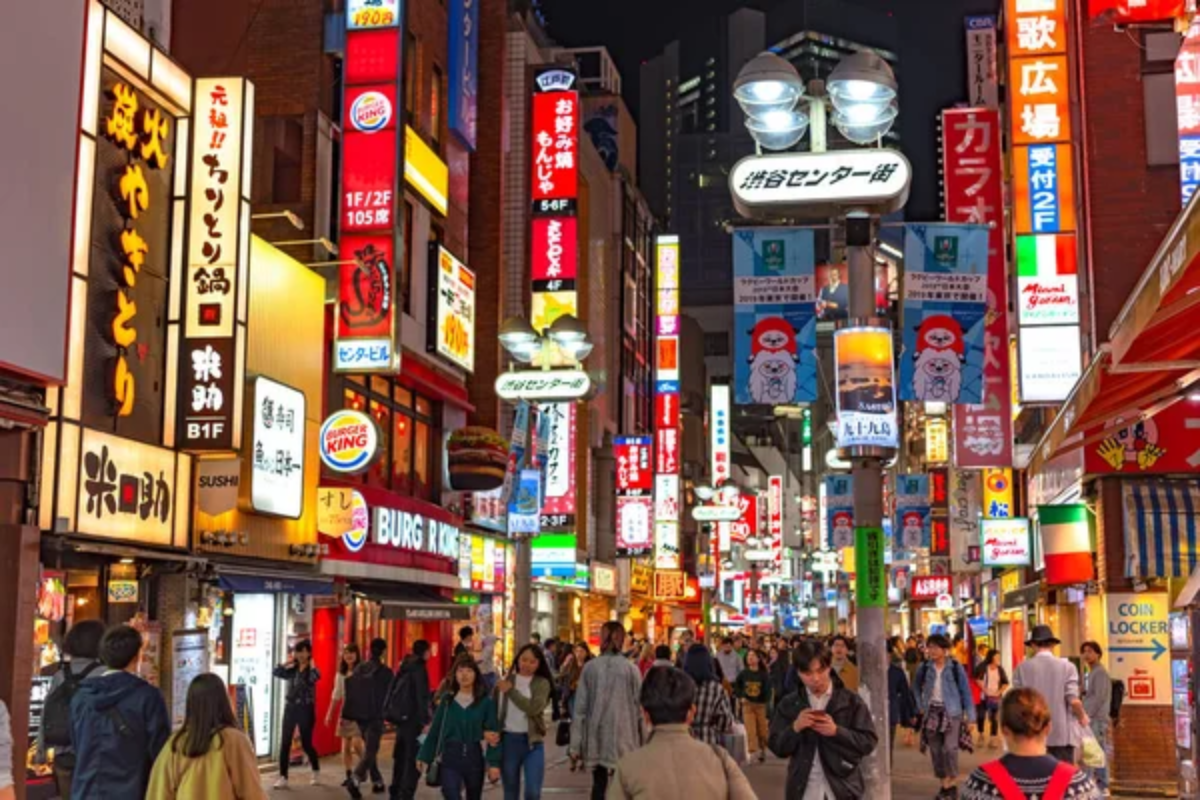
The Shibuya and Harajuku districts remain frozen in Y2K perfection with their colorful street fashion and technology shops that feel like stepping into an early 2000s music video. Purikura photo booths still allow friends to decorate digital photos with sparkling stickers and kawaii effects—a physical embodiment of the customization that defined early social media profiles.
The Tamagotchi store celebrates the virtual pet phenomenon that had everyone checking tiny pixelated screens long before smartphone notifications. Vintage electronic stores display collections of Discmans, MiniDisc players, and early digital cameras that defined the technological transition period of the early millennium.
Miami, Florida
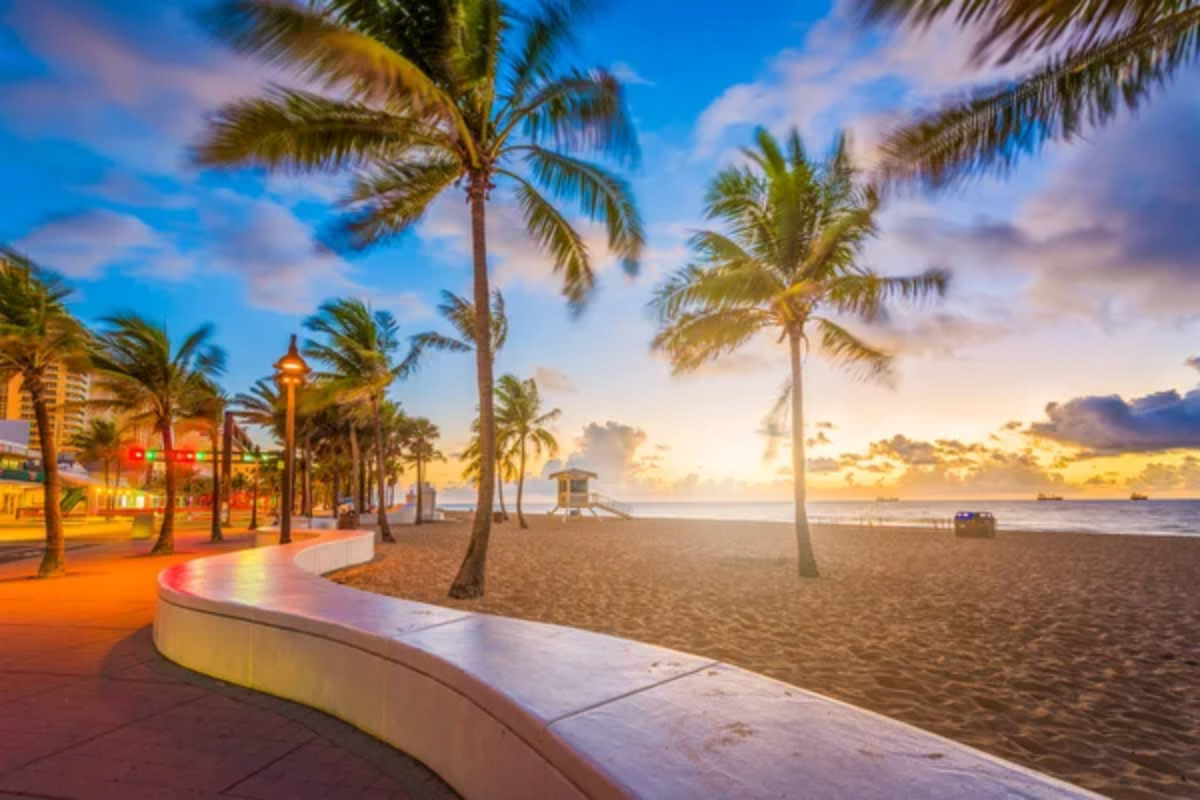
South Beach retains much of its early 2000s glamour with Art Deco hotels illuminated in neon pinks and blues that could serve as backdrops for music videos from the era. Clubs along Collins Avenue still pulse with the same Latin-influenced pop hits that dominated radio stations when Jennifer Lopez and Enrique Iglesias ruled the charts.
The Versace Mansion stands as a memorial to the luxury fashion aesthetic that defined the decade—bold prints, gold accents, and unapologetic opulence. Convertibles cruise Ocean Drive much as they did when “The Fast and the Furious” first made street racing culture a mainstream phenomenon.
Like Travel Pug’s content? Follow us on MSN.
Cancún, Mexico
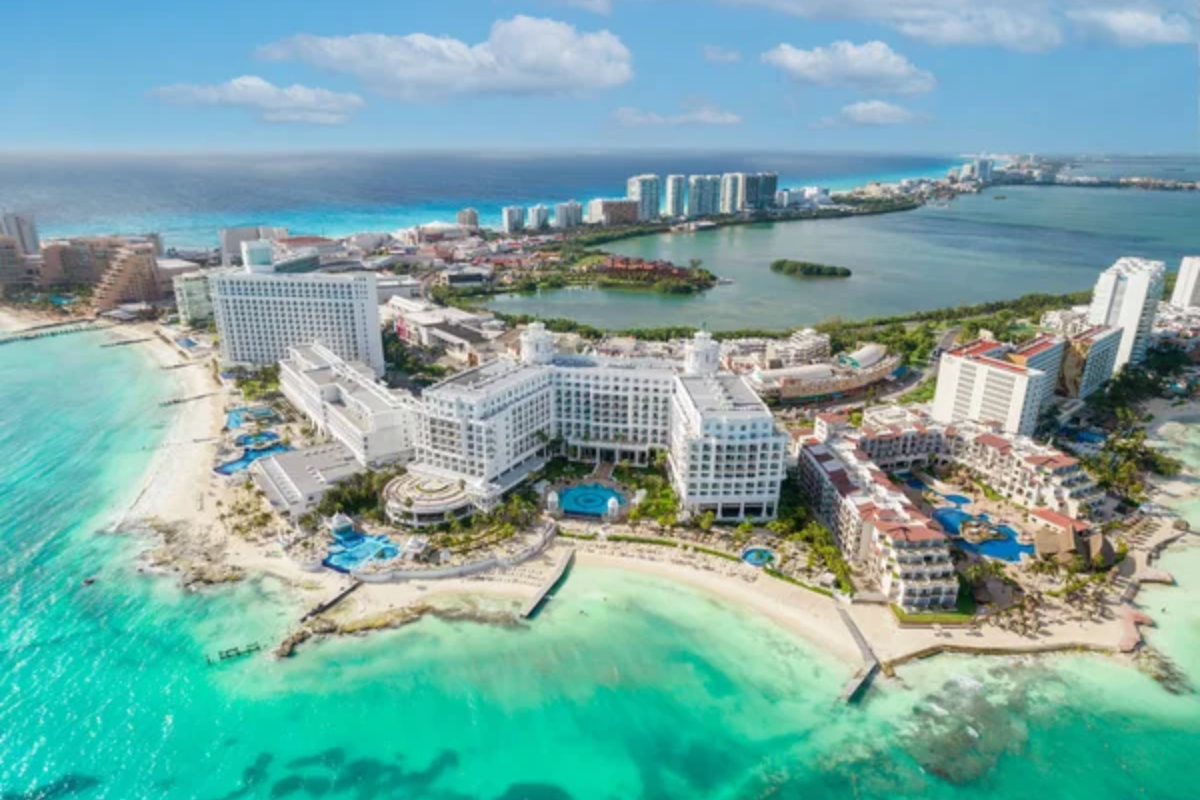
Spring break capital of the 2000s, this coastal destination maintains its reputation for the kind of carefree party atmosphere celebrated in MTV shows that defined the era. All-inclusive resorts still feature swim-up bars and organized activities reminiscent of the “Girls Gone Wild” aesthetic without the problematic elements.
Coco Bongo nightclub continues its tradition of elaborate pop culture performances featuring the music icons who dominated TRL countdowns. Shopping areas display bedazzled sombreros and airbrushed t-shirts that capture the somewhat questionable tourist fashion choices that seemed perfectly acceptable during the millennium’s first decade.
Las Vegas, Nevada
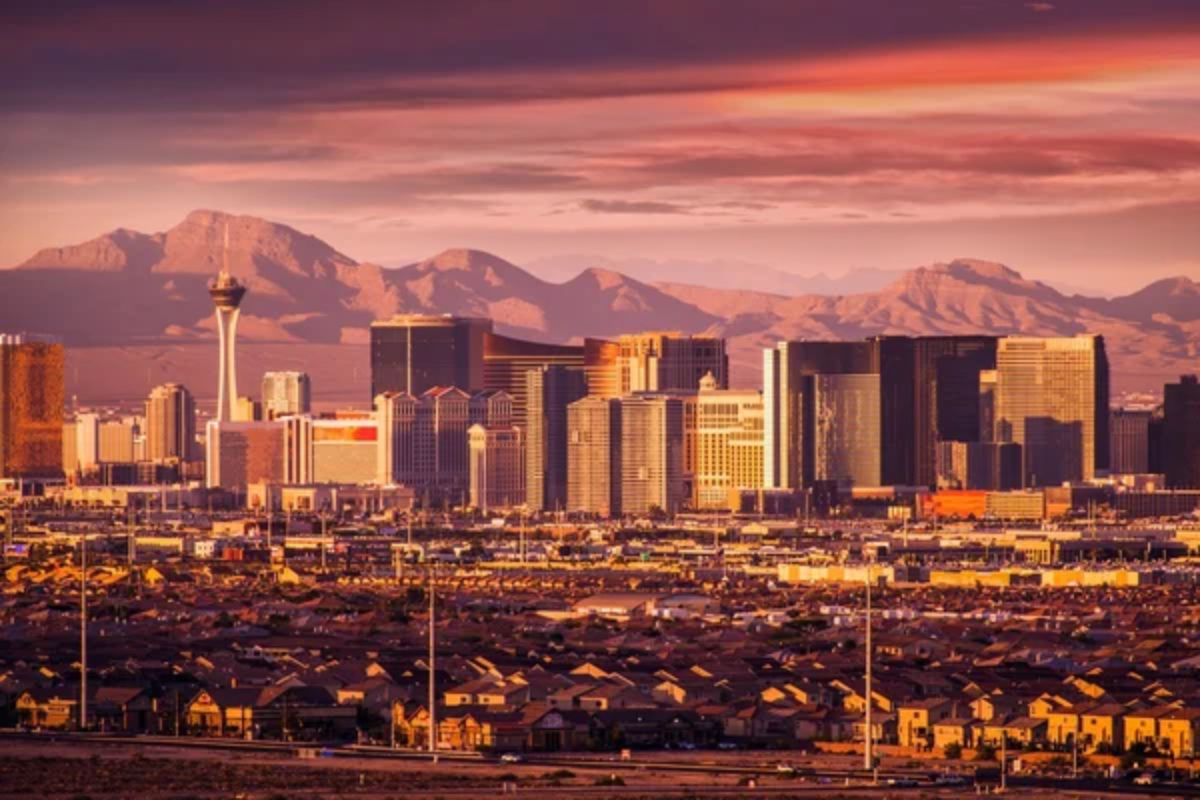
The Paris Las Vegas and Venetian hotels epitomize the themed excess that reached its peak during the pre-recession 2000s, when bigger was always better. Planet Hollywood casino still embraces its celebrity-obsessed origins with memorabilia displays that transport visitors back to an era when tabloid culture reached new heights.
Fountains at the Bellagio continued to perform songs that topped charts when Britney Spears and *NSYNC dominated pop music, creating waves of nostalgia along with actual waves. The city’s famous “What Happens Here, Stays Here” campaign launched in 2003 perfectly encapsulated pre-social media discretion that feels charmingly quaint today.
London, England
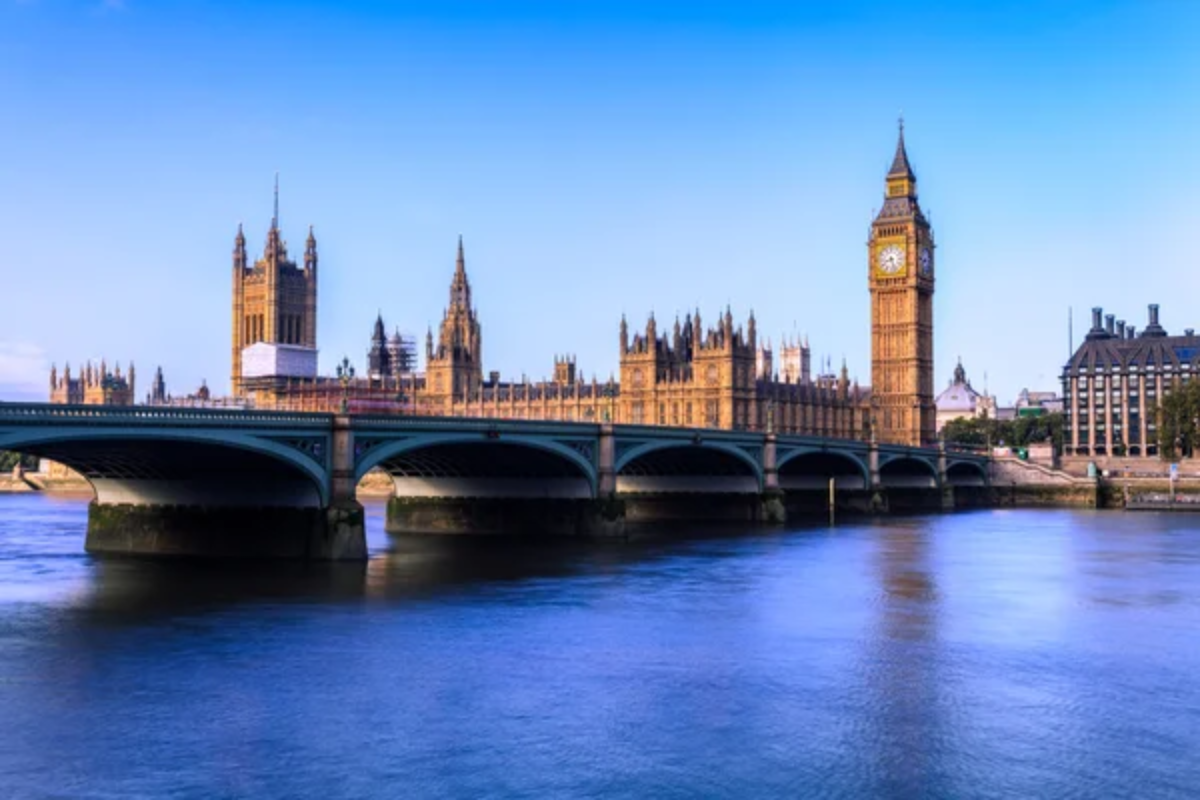
Camden Market remains largely unchanged from when it served as the shopping destination for aspiring scene kids and emo teens looking for studded belts and band t-shirts. The Tate Modern’s Turbine Hall installations still create the kind of immersive experiences that predated Instagram but seemed designed for early digital cameras.
Millennium Bridge offers pedestrians not just passage across the Thames but a literal walk across a structure built to commemorate the era. Brick Lane vintage shops overflow with authentic Von Dutch hats, low-rise jeans, and Juicy Couture tracksuits for those wanting to recreate the fashion that defined the decade.
Like Travel Pug’s content? Follow us on MSN.
Los Angeles, California
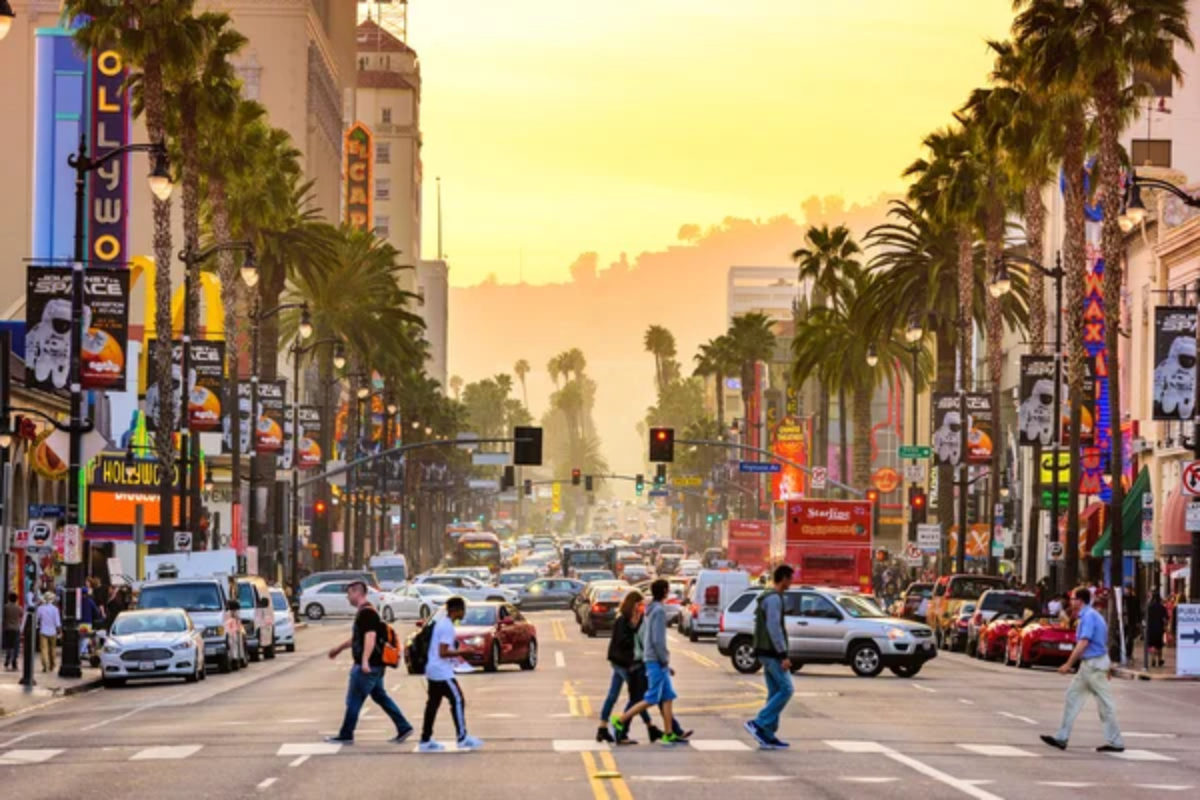
The Hollywood Walk of Fame features stars for celebrities who reached their peak in the 2000s, creating a literal path through pop culture history. Rodeo Drive stores display items behind glass that recall the height of the “it bag” culture when tiny dogs in purses were the ultimate accessory.
The Standard Hotel rooftop maintains its early-millennium minimalist aesthetic that served as background for countless reality TV scenes and celebrity sightings. Melrose Avenue thrift stores offer treasure troves of authentic 2000s fashion—from trucker hats to graphic tees with nonsensical phrases that somehow made perfect sense at the time.
Mykonos, Greece
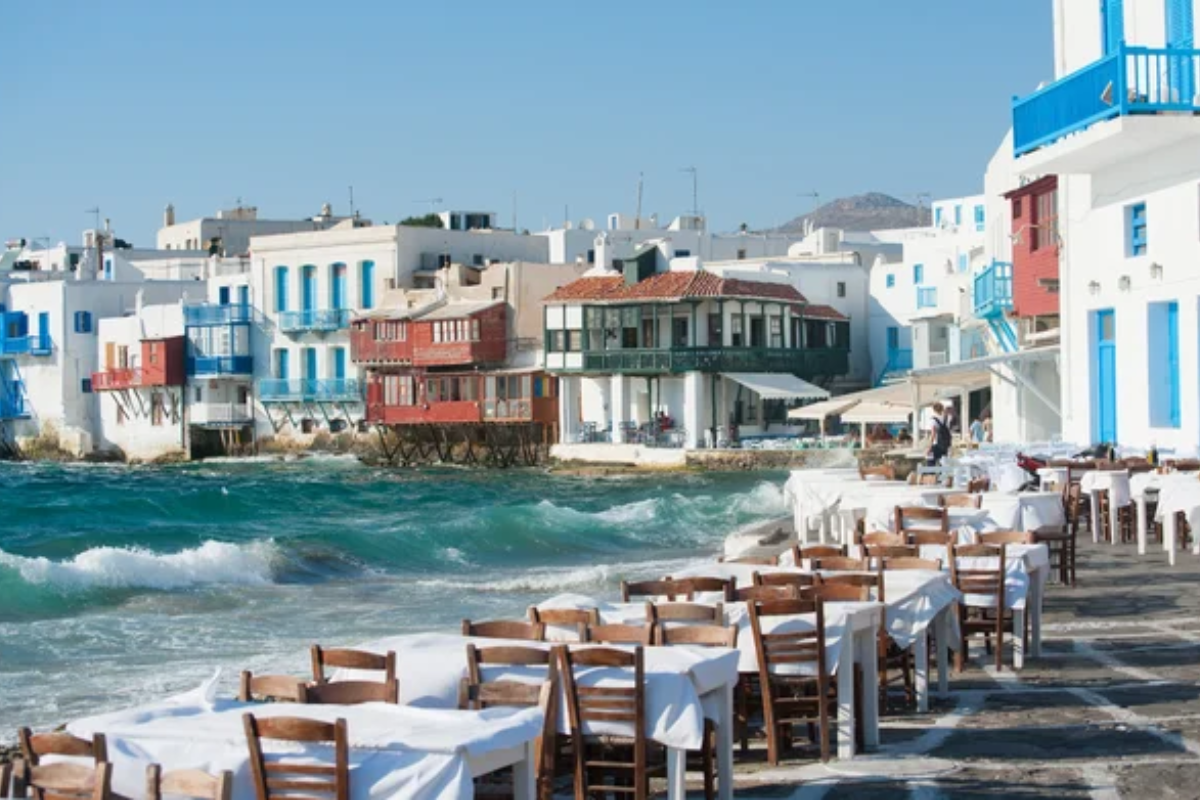
Beach clubs on this Mediterranean island preserve the white-furniture-and-blue-water aesthetic that dominated luxury travel magazines during the aughts. Paradise Beach continues the tradition of daytime dance parties that felt revolutionary when European club culture began influencing American spring break destinations.
Boutique hotels maintain the crisp white-and-wood design scheme that defined early 2000s luxury before maximalism returned to fashion. Seaside restaurants serve cocktails in glasses that would look right at home in “Sex and the City” episodes, complete with elaborate garnishes and impractical stemware.
Seoul, South Korea
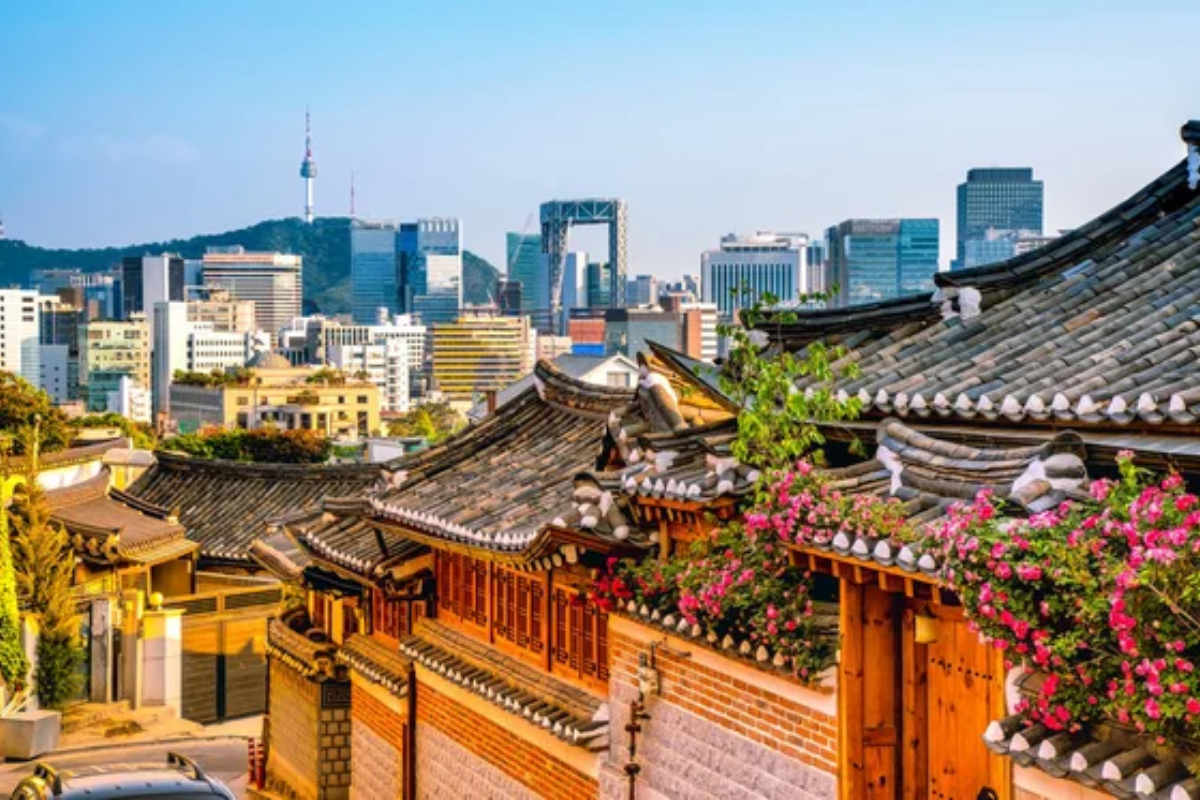
Myeongdong shopping district features multi-level beauty stores selling sheet masks and BB creams that launched the K-beauty trend just as the decade was ending. Noraebangs (private karaoke rooms) still offer the chance to belt out Destiny’s Child and Backstreet Boys hits in the same faux-leather booth settings that originated in the early 2000s.
PC bangs (internet cafés) maintain their distinctive aesthetic—rows of computers where people gather to play online games, recalling a time when social gaming required physical proximity. The Dongdaemun Design Plaza showcases the futuristic architecture that seemed straight from movies like “Minority Report” but has now become standard across global cities.
Like Travel Pug’s content? Follow us on MSN.
Melbourne, Australia
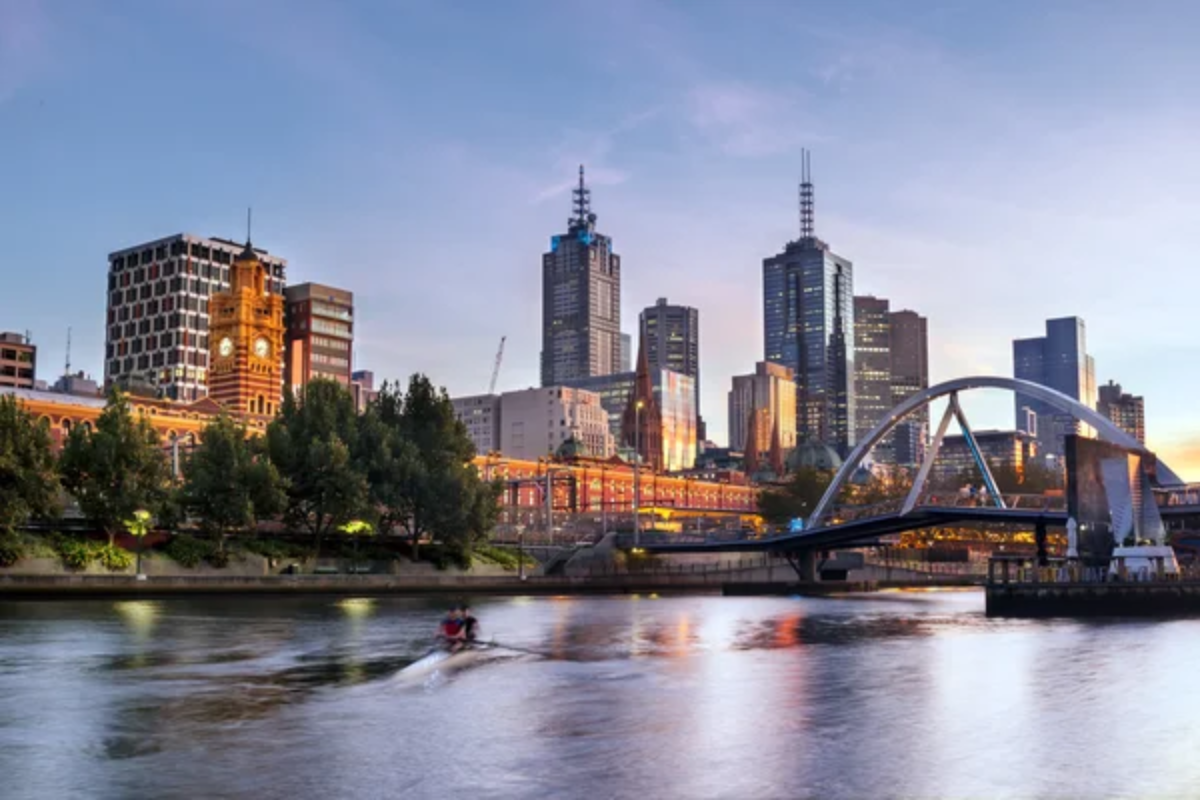
Laneway cafés continued serving avocado toast and elaborate coffee drinks that gained popularity as café culture exploded alongside early food blogs and digital cameras. Federation Square maintains its controversial deconstructivist architecture that epitomized millennium-era public spaces designed to look deliberately unfinished and asymmetrical.
Record stores throughout the city offer extensive collections of CDs and even MiniDiscs—formats that peaked just as digital music was beginning to transform how we consume audio. The street art scene that flourished during the 2000s remains vibrant, with some murals dating back to the exact years when urban art began its transition from vandalism to valued cultural expression.
Berlin, Germany
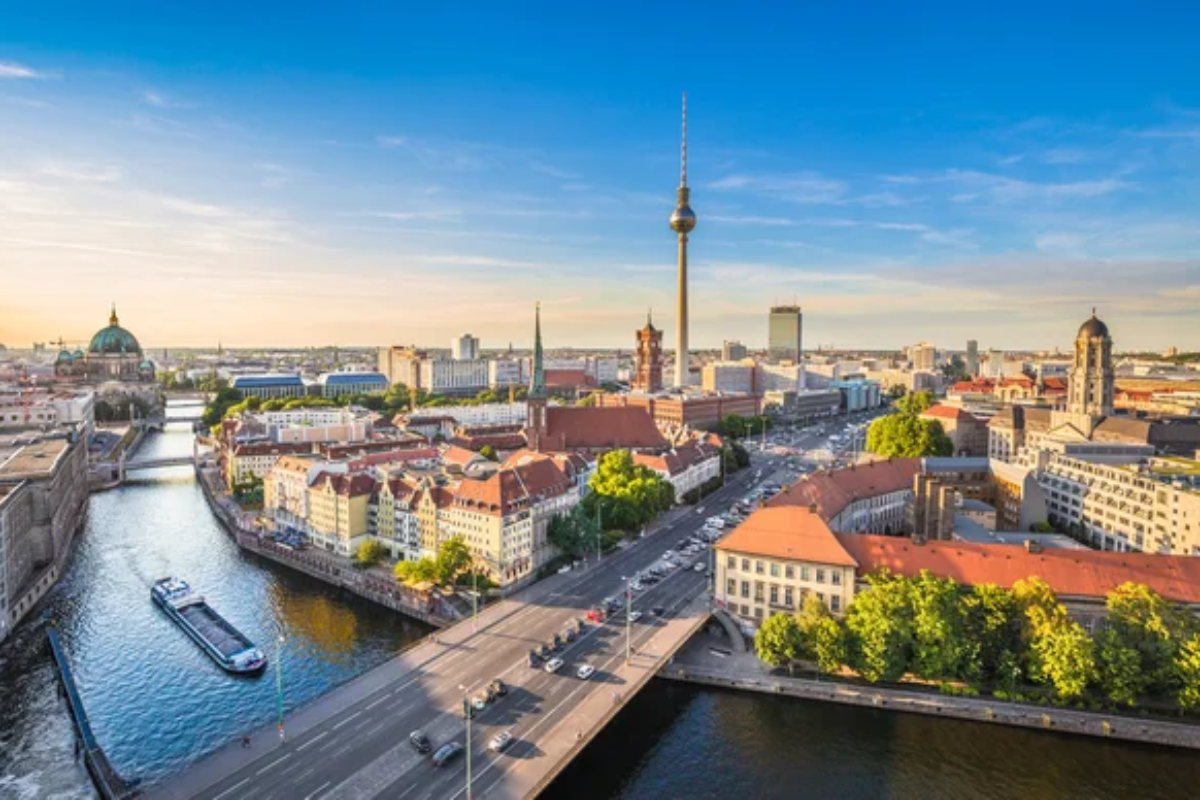
Abandoned industrial spaces converted to nightclubs during the post-reunification period maintain their raw aesthetic that defined early 2000s techno culture. The East Side Gallery preserves street art from the era when stencils and wheat paste techniques were revolutionizing urban expression around the world.
Boutique hostels continue offering the communal travel experience that gained popularity when budget European adventures were documented on early travel blogs rather than Instagram. Vintage shops in Kreuzberg sell authentic tech gear from the period—chunky headphones, early iPods, and the kind of colorful electronics that predated Apple’s minimalist dominance.
Dubai, United Arab Emirates
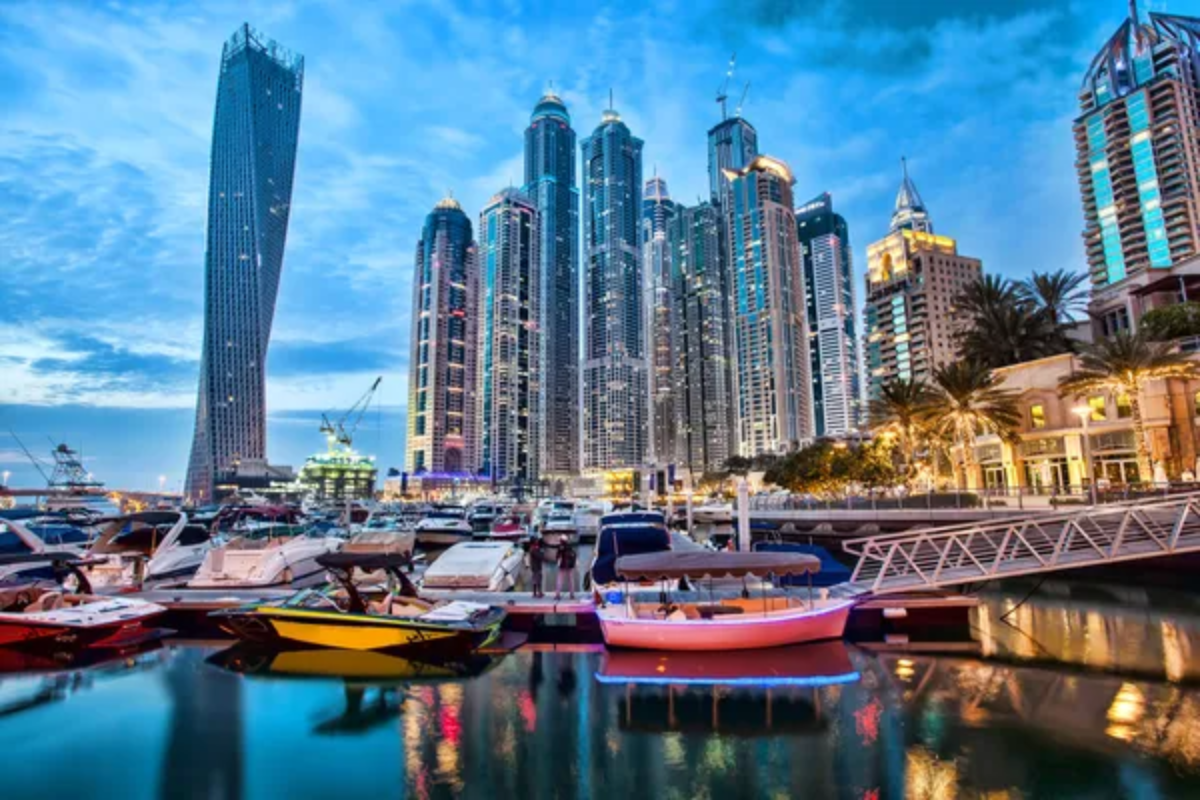
The Burj Al Arab Hotel stands as a monument to pre-recession architectural ambition with its sail-shaped silhouette that defined luxury at the turn of the millennium. Mall of the Emirates houses an indoor ski slope that perfectly embodies the “because we can” engineering approach of the 2000s when environmental concerns took a backseat to the spectacle.
Palm Jumeirah’s artificial island development represents the kind of massive construction projects that seemed limitless before the 2008 financial crisis changed development priorities worldwide. Gold souks display the chunky statement jewelry that dominated fashion when maximalist accessories complemented the low-rise jeans and baby tees of the early 2000s style.
Like Travel Pug’s content? Follow us on MSN.
Ibiza, Spain
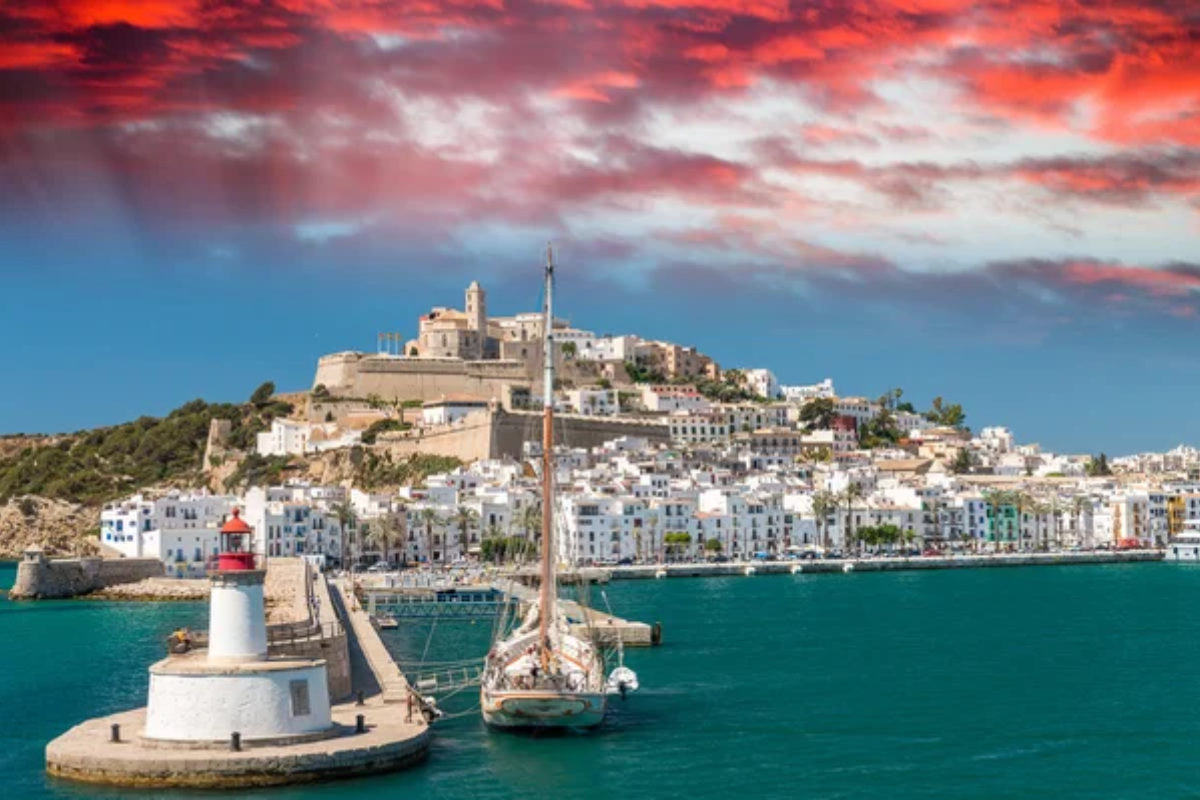
Pacha nightclub maintains its cherry logo and the bottle service culture that defined nightlife during the era when electronic dance music was transitioning from underground to mainstream. Beach clubs still feature the white-curtained daybeds that appeared in music videos and reality shows documenting celebrity getaways during the height of tabloid culture.
Café del Mar continues playing the chill-out compilation albums that provided the soundtrack for the era when “lounge music” became a legitimate genre beyond hotel lobbies. The island’s fashion markets sell crochet tops, sarongs, and chunky beaded jewelry that define the boho-chic style popularized by celebrities like Sienna Miller and Kate Moss.
New Orleans, Louisiana
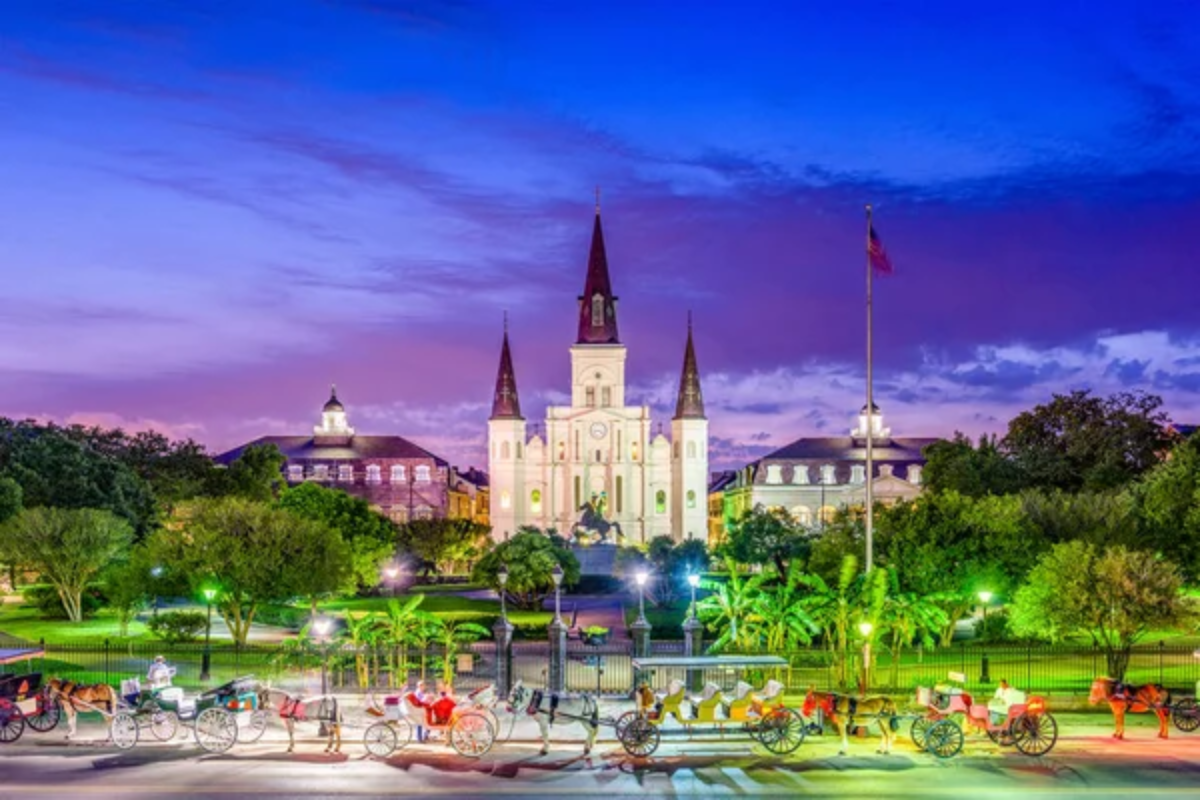
Bourbon Street preserves the beads-and-daiquiri excess that reached peak cultural visibility through early 2000s media depictions of Mardi Gras celebrations. The French Quarter’s wrought-iron balconies remain draped with revelers recreating scenes reminiscent of the “Girls Gone Wild” era, yet with a greater emphasis on consent and personal boundaries.
Music venues throughout the city feature live performances of the jazz and funk that experienced renewed popularity through sampling in early 2000s hip-hop tracks. Streetcars still offer the same romantic transportation experience highlighted in films from the period when New Orleans served as a popular filming location for music videos and romantic comedies.
Stockholm, Sweden
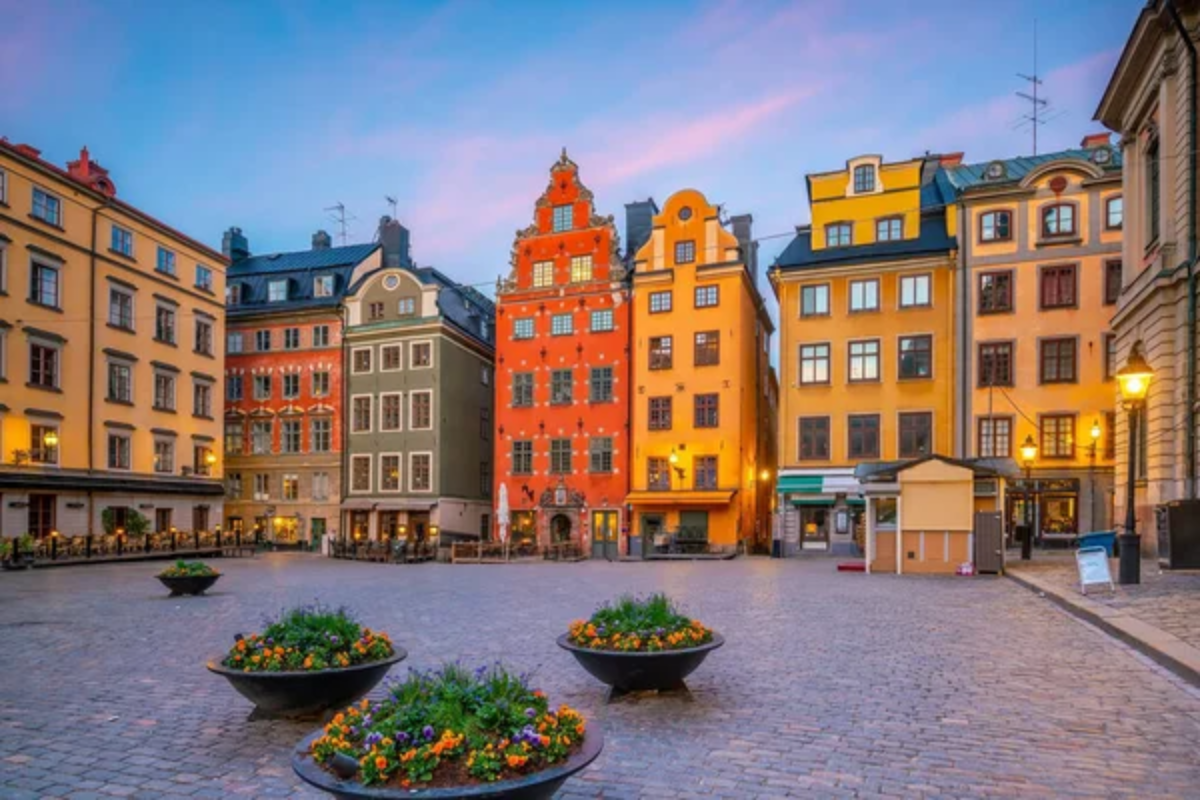
The ABBA Museum celebrates not just the band but the early-millennium revival of 1970s culture that defined the 2000s aesthetic of recycled nostalgia. Design shops showcase the minimalist furniture that became globally popular during the decade when Scandinavian design principles transformed from niche interest to mainstream aspiration.
The photography museum features exhibitions on the transition from film to digital—a technological shift that defined the era when everyone became both photographer and subject. Vintage technology stores offer Nokia flip phones and other communication devices that dominated the pre-iPhone landscape when text messages had character limits, and predictive text was revolutionary.
Like Travel Pug’s content? Follow us on MSN.
São Paulo, Brazil
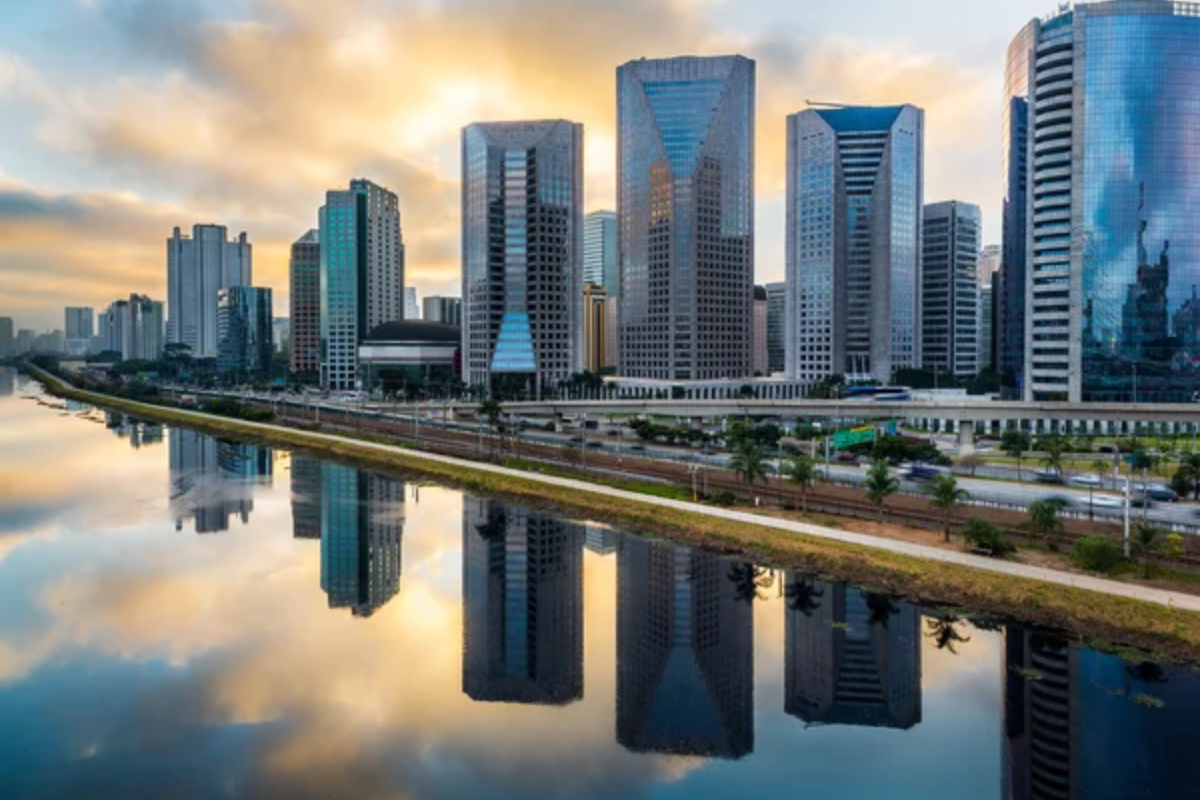
Skate parks throughout the city maintained their early-2000s configurations when Tony Hawk video games and the X-Games transformed skateboarding from subculture to mainstream entertainment. Shopping malls preserve the multi-level consumer palaces that reached their cultural peak before online shopping changed retail forever.
Dance clubs still feature elevated platforms where skilled performers demonstrate moves from the era when Brazilian dance trends regularly influenced global pop choreography. Street markets sell bootleg versions of designer items that recall a pre-social media time when knock-off culture thrived before authenticity became a core value of online identity.
A Nostalgic Journey Forward
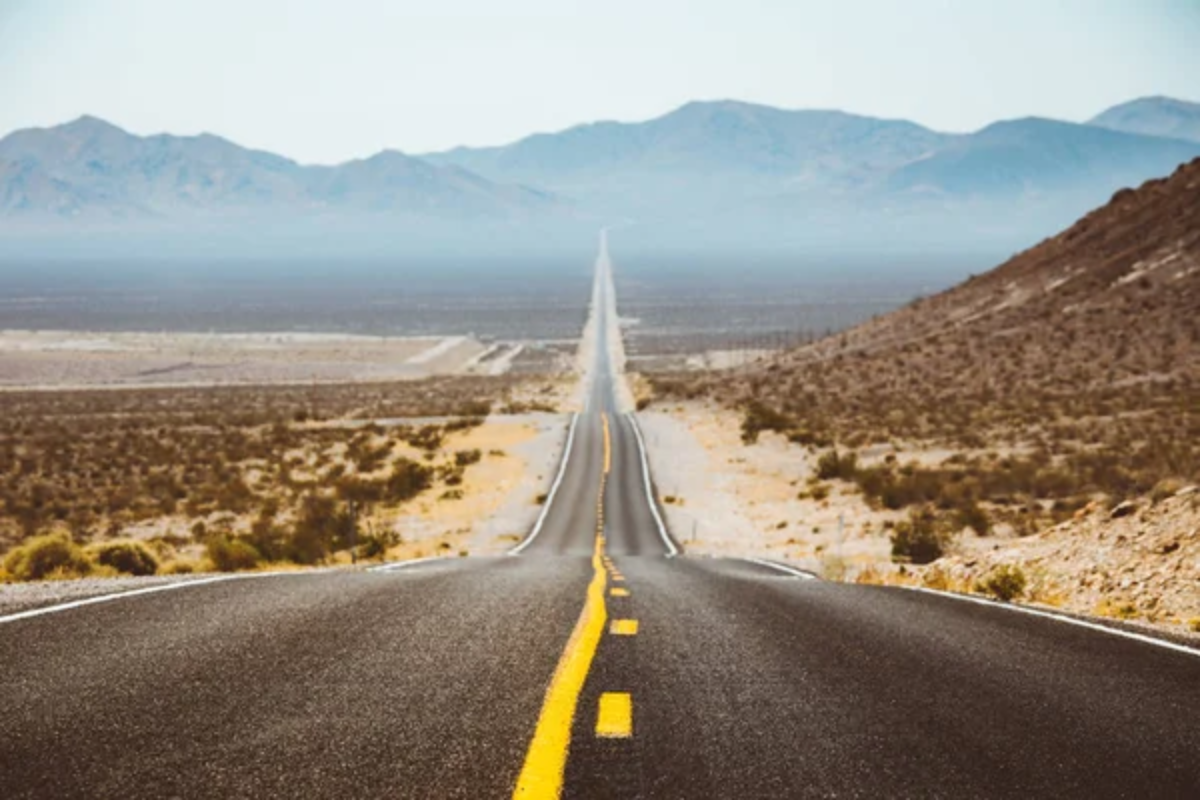
What makes these destinations particularly special is how they bridge past and present—allowing visitors to experience the distinctive energy of the 2000s while appreciating how those years shaped our current world. The early millennium’s unique blend of analog comfort and digital potential created physical spaces that continue to resonate with those who lived through butterfly clips, frosted lip gloss, and the distinctive sound of dial-up internet.
These places offer more than just nostalgic escapism—they provide perspective on a pivotal moment when global culture was being transformed by technology, yet still maintained regional distinctiveness that has somewhat faded in our more connected present.
More from Travel Pug

- 20 Towns Built for One Purpose That Were Later Abandoned
- 15 Hidden Spots in Disney World’s Magic Kingdom Most Visitors Miss
- 20 Once-Popular Beach Towns That Are Now Ghostly Empty
- 15 Canyons in the U.S. That Are Just as Stunning as the Grand Canyon
- 10 Under-the-Radar Mountain Towns That Are Both Affordable and Beautiful
Like Travel Pug’s content? Follow us on MSN.
